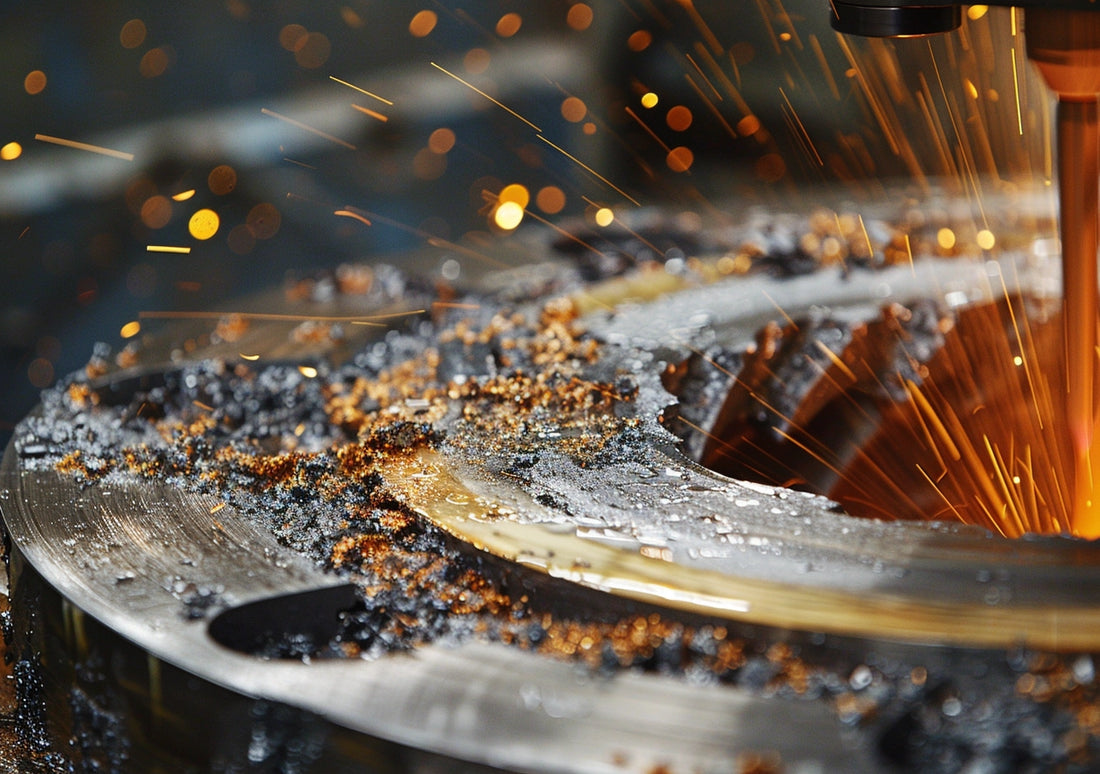
Precision Crafting: Material Removal Techniques with Carbide Burrs
Share
Introduction:
Material removal is a fundamental aspect of machining and fabrication, crucial for shaping, sculpting, and refining workpieces to desired dimensions and specifications. Carbide burrs are powerful tools known for their exceptional material removal capabilities and versatility across various materials. In this guide, we'll explore advanced material removal techniques using carbide burrs, empowering you to achieve precise and efficient results in your machining endeavors.
Exploring Advanced Material Removal Techniques:
1. Rapid Stock Removal:- Carbide burrs excel at rapid stock removal, making them ideal for rough shaping and bulk material removal tasks.
- Utilize carbide burrs with large flutes or aggressive tooth configurations for maximum material removal rates while maintaining control and precision.
- Achieve high-precision machining with carbide burrs by using controlled passes and varying pressure to remove material selectively.
- Select carbide burrs with fine-cut patterns or double-cut configurations for intricate detailing and precise material removal in tight spaces or complex geometries.
- Sculpt intricate shapes and contours with precision using carbide burrs, sculpting materials such as metal, wood, and composites with ease.
- Employ carbide burrs with custom shapes or profiles tailored to the desired sculpting application, ensuring smooth transitions and precise detailing.
- Texture and finish surfaces with carbide burrs to achieve unique textures, patterns, and finishes on workpieces.
- Experiment with different burr geometries and techniques to create custom textures and finishes, adding visual interest and dimensionality to your projects.
Tips for Optimal Material Removal:
- Choose the Right Burr Geometry: Select carbide burrs with the appropriate geometry and cutting pattern for the material being machined and the desired material removal application.
- Controlled Speed and Feed Rate: Adjust rotary tool speed and feed rate to match the material being removed and the desired material removal rate, maintaining control and precision throughout the process.
- Use Coolant or Lubricant: Apply coolant or lubricant when machining with carbide burrs to reduce friction, heat generation, and tool wear, enhancing cutting performance and prolonging tool life.
- Work in Sections: Divide larger workpieces into manageable sections and work systematically to ensure thorough coverage and consistent material removal results.
- Inspect and Verify: Regularly inspect the machined surfaces for uniformity and quality, verifying the accuracy of material removal and making adjustments as needed to achieve desired dimensions and specifications.
Conclusion:
By mastering advanced material removal techniques with carbide burrs, you can achieve precise, efficient, and versatile results in machining and fabrication. Whether you're rough shaping, sculpting, or finishing, carbide burrs offer unparalleled performance and flexibility across various materials. By following best practices and adhering to proper techniques, you can unlock the full potential of carbide burrs and elevate the quality of your projects.




